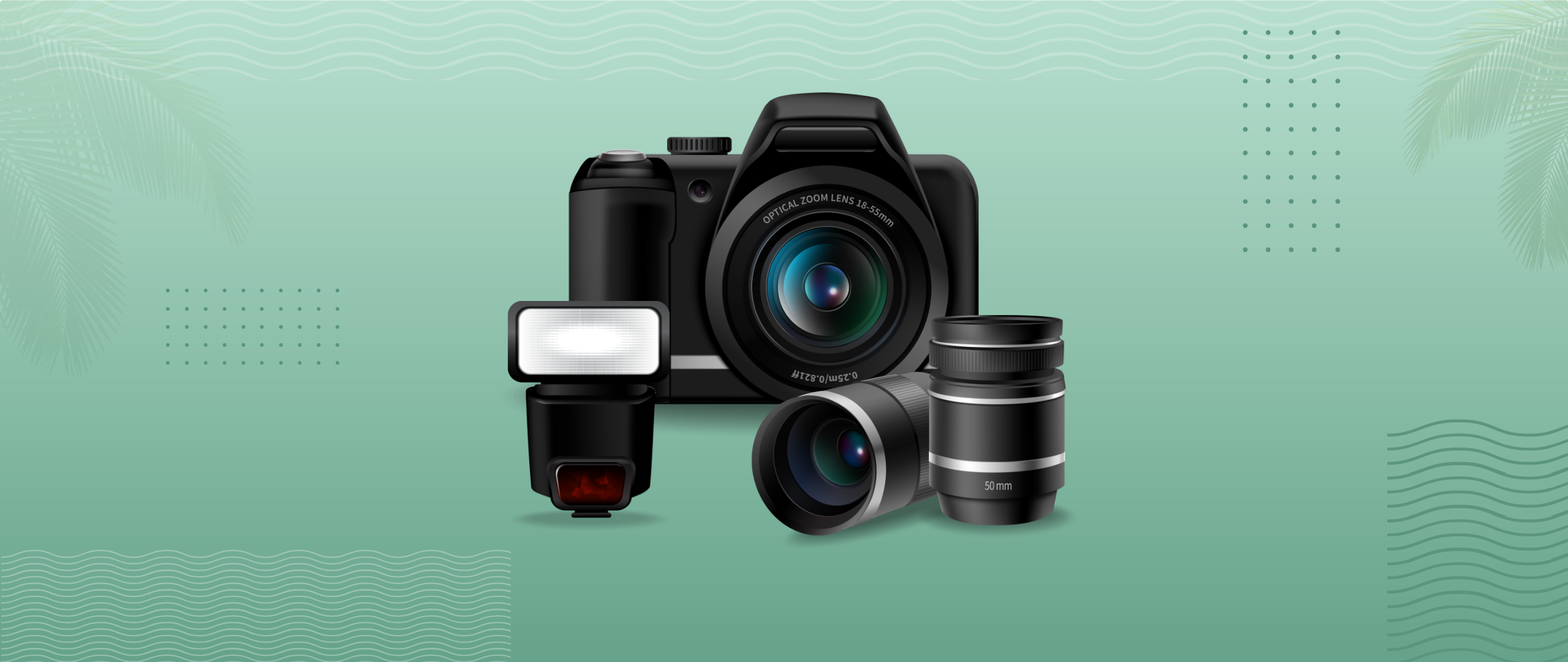Crafting an effective brand story can be difficult. You need to communicate who you are, what you do, and why you’re unique in a concise manner. Additionally, it’s important to talk about your product or service in an engaging manner, effectively convey your beliefs, and maintain a consistent story – especially if there are multiple content creators working on behalf of your brand. The key to achieving this is through your brand messaging.
To effectively communicate with and convert your target audience, it’s crucial to have a clear and strong brand message. However, many brands struggle with creating a solid messaging framework, which results in ineffective marketing materials with weak value propositions and unclear selling points.
Fortunately, there is a way to prevent this from happening. We have provided a free interactive PDF template called, wait for it….the “Brand Messaging Template” (Creative, I know) that will enable you to effectively communicate your story to a wider audience. By completing this exercise, you can improve your existing messaging or create a new one from scratch. Simply follow the provided guidelines and you’ll be all set.

But First, Why Does Brand Messaging Matter?
Your brand’s story is conveyed through your content, whether you realize it or not. To have the greatest impact, you need to consistently tell your story across all touchpoints and through every piece of content. However, if you asked five different people on your team to describe your brand, you might receive five different answers. As a result, if your team lacks a shared understanding of your brand, your content may be disjointed. This is why having a consistent brand messaging is important. If you communicate your identity, services, and approach in a clear, concise, and easy-to-remember way, it will help your team maintain consistent brand messaging.
By using this foundation, you can make sure that all your communication pieces, such as your website home page, sales brochures, or product packaging, are aligned and effective.
What Does Brand Messaging Architecture Look Like?
Your brand messaging architecture consists of a structured framework that includes your:
- Tagline
- Value proposition
- Brand messaging pillars
Brand Messaging Framework

This framework is intentionally constructed, beginning with the tagline (the main concept), followed by the value proposition (what you offer), and supported by your brand messaging pillars (how you provide it). This creates a coherent and consistent message where each element reinforces the others. Moreover, no matter which point of the buyer’s journey people are at, your brand messaging always offers a way to learn more about your brand story.
How to Create Your Brand Messaging Framework
If you have previously documented your brand messaging framework or certain parts of it, gather your brand team and discuss each element in detail even if it’s been a while. Once you have clearly articulated each element, create a visualization to help content creators see how each tier impacts the next.
Before crafting your brand messaging, it’s important to first comprehend the essence of your brand. This means that your tagline or value proposition aren’t the starting points, but rather, understanding the foundation of your brand is. Ensure that you have a firm grasp on two things before creating your messaging:
1) Your Brand Soul
The Brand Soul refers to your brand’s fundamental principles, including your identity and beliefs. Without this guiding principle, it can be challenging to communicate or act consistently. To gain a better understanding of your Brand Soul, you can download our workbook below. It will help you identify your purpose, vision, mission, and values.
2) Your Brand Positioning
What niche do you fill? How are you different than your competitors? This information will influence every level of your messaging. To identify this, you need to conduct market research, as well as a thorough competitive analysis. (Follow our step-by-step guide to complete a competitive analysis if you’re a noob.)
Once you’ve done that research and identified where you stand, it’s helpful to distill your positioning into a one-sentence description that explains what you do better than everyone else.

Being clear about your brand positioning helps you to make sure that your brand message aligns with it. Once you have established your brand positioning, you can begin crafting your message.
How to Craft your Brand Messaging Framework
Before you continue, please download the free brand messaging template provided below.
Step 1: Craft Your Value Proposition
Although the brand messaging framework ladders up from messaging pillars to the tagline, we find it helpful to start with your value prop, as it is the core of who you are/what you do.
Your value prop is simple: Your product or service’s value proposition should clearly state the practical and emotional advantages it offers. It should explain how your brand resolves a specific issue and, above all, why people should choose your brand.
Here is an easy way to articulate this:

Think of this as a short explanation about why your brand is great—an elevator pitch, if you will. Some brands even put this first on their website homepage.
It is crucial to clearly express your value proposition. This will be reflected in all of the branding materials, either explicitly (such as on your homepage) or implicitly (such as through your blog posts).
Step 2: Distill Your Tagline
This is an opportunity to showcase your creativity like Don Draper. Your tagline should be concise and appealing, and convey your brand’s position and value proposition. For instance, consider Home Depot, which empowers DIYers and conveys it through their tagline: “You can do it. We can help.”
Tip: Try to use as few words as possible (it’s a short line, not a paragraph.) Focus on emotion, too. What do you want people to feel when they read your tagline?
- Focus. Identify the unique aspect of your product or organization that sets it apart from others. This could be a specific attribute, value, or benefit that you provide.
- Make it meaningful: Convey a message that your target audience will care about and understand.
- Make it memorable. Use structure, rhythm, rhyming, or alliteration to coin a phrase that’s distinctive and easy to remember. Consider a creative twist on a common phrase.
- Keep it short. Use as few words as possible, ideally five words or less.
- Say it out loud. Speak the words to be sure the tagline is easy to say.
- Integrate it into your logo design. Design your brand’s visual identity so the tagline is part of the logo.
- Make it yours. If possible, choose a tagline that can only be applicable to your firm or product. Consider including the name of your city or state if your market is regional.
Step 3: Flesh Out Your Brand Messaging Pillars
Your brand messaging pillars are vital for content creators as they highlight the three significant themes, benefits, or selling points that set your brand apart from others.
As you create your message, pick out three main selling points and the supporting points. This exercise helps you find memorable phrases or keywords to add into all your content, such as product packaging or social media ads.
Tip: If you have more than one selling point, you can either prioritize them or find ways to combine them into one point.
Step 4: Refine Your Brand Messaging
Please review your brand messaging one last time and make any necessary adjustments.
- Does each tier support the next?
- Is it written in your brand voice? (Here’s how to find your brand voice if you’re not sure.)
- Is it possible to find areas where we can reduce length, shorten sentences, or add more expressive language in order to convey stronger emotions?
- Are benefits clear and consistent?
As a final step, document your full brand messaging hierarchy, so that your team can “see” how it all connects. For example, let’s take a look at what the brand messaging might look like for the Missing Drop Mixology, a brand which creates delicious mixed drinks and experiences.
How to Use Your Brand Messaging Framework
Once you have your beautiful brand messaging, it’s time to put it to use.
- Include it in your brand guidelines.Begin by clarifying the messaging and ensuring that everyone is aligned. If brand guidelines are not already in place, use our guide to create them to maintain consistency in your content.
- Use it to brainstorm ideas. When creating content, it’s important to make sure it aligns with your brand story. To do this, focus on specific messaging pillars that can inspire multiple pieces of content. For instance, if your cookie company prides itself on offering unique flavors, you can create content that highlights this differentiator.
- A spotlight on the tastemakers who come up with your flavors
- A deep dive into the ingredients you use
- A #tbt post on the first flavor you ever created
- A contest to vote on the next flavor
- A roundup of seasonal flavors
- A quick data visualization for Instagram that shows the popularity of different flavors
- Clarify messaging for each stage of the buyer’s journey. To achieve effective messaging, it is important to deliver the appropriate message at the appropriate time. Developing personas can assist in identifying which type of stories will connect better with your targeted audience.
- Write for conversion. It’s important to avoid being too assertive or early in the buyer’s journey, but there are several chances to gently guide individuals towards making a purchase.
Remember: Brand Messaging Is Just One Storytelling Tool
Beyond copy, there are plenty of ways to tell your brand story. The more tools you have, the better your story will be. For more ways to engage people through content:
- Ensure that your brand’s visual identity represents your brand.. Design a thorough identity by using our convenient checklist.





Leave a Comment